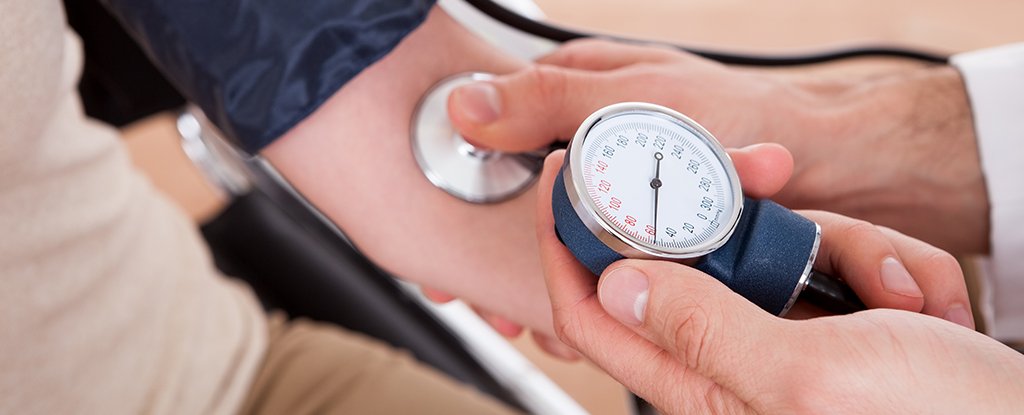
Blood that has low oxygen levels is pumped towards the lungs, where oxygen supplies are replenished. The oxygen rich blood is then pumped by the heart around the body to supply our muscles and cells. The pumping of blood creates pressure - blood pressure.
Anyone whose blood pressure is 140/90mmHg or more for a sustained period is said to have high blood pressure, or hypertension.
Blood pressure is usually divided into five categories:
- Hypotension (low blood pressure)
Systolic mmHg 90 or less, or
Diastolic mmHg 60 or less - Normal
Systolic mmHg 90-119, and
Diastolic mmHg 60-79 - Prehypertension
Systolic mmHg 120-139, or
Diastolic mmHg 80-89 - Stage 1 Hypertension
Systolic mmHg 140-159, or
Diastolic mmHg 90-99 - Stage 2 Hypertension
Systolic mmHg over 160, or
Diastolic mmHg over 100
Symptoms of high blood pressure
Most people with high blood pressure will not experience any symptoms until levels reach about 180/110 mmHg.
High blood pressure symptoms typically include:
- Headache - usually, this will last for several days.
- Nausea - a sensation of unease and discomfort in the stomach with an urge to vomit.
- Vomiting - less common than just nausea.
- Dizziness - Lightheadedness, unsteadiness, and vertigo.
- Blurred or double vision(diplopia).
- Epistaxis - nosebleeds.
- Palpitations - disagreeable sensations of irregular and/or forceful beating of the heart.
- Dyspnea - breathlessness, shortness of breath.
Changes in lifestyle can help lower high blood pressure:
The following are recommended lifestyle changes that can help you lower your blood pressure. Note that you should always check with a Doctor or healthcare professional to discuss lifestyle changes before making any dramatic changes yourself.
Regular exercise:
A regular program of exercise can prove beneficial in lowering blood pressure.
Exercising for 30 to 60 minutes five days a week will usually lower a person's blood pressure by 4 to 9 mmHg. If you embark on an exercise program you should see the benefits fairly soon - within a matter of two to three weeks, especially if you have been leading a sedentary lifestyle for a long time.
It is important to make sure you check with your doctor before embarking on any physical activity program. Exercise needs to be tailored to the needs and health of the patient.
The secret of getting success out of exercise is to do it regularly. Exercising at weekends and doing nothing from Monday to Friday will be much less effective.
Reducing alcohol consumption:
Alcohol consumption is a double-edged sword. Some studies indicate it helps lower blood pressure, while others report the opposite. In very small amounts it may lower blood pressure. But if you drink too much, even moderate amounts regularly in some cases, blood pressure levels may go up.
People who drink more than moderate amounts of alcohol regularly virtually always experience elevated blood pressure levels.
Eating healthily:
This means eating plenty of fruits and vegetables, good quality unrefined carbohydrates, vegetable oils, and omega oils. If you eat animal products make sure all the fat is trimmed and avoid processed meats.